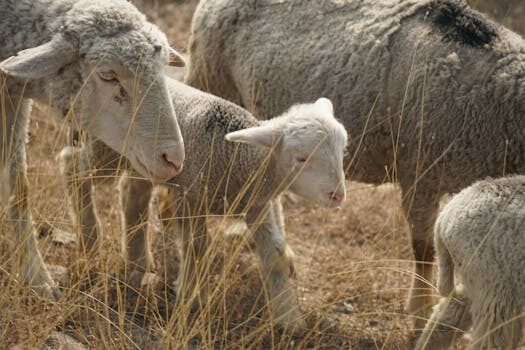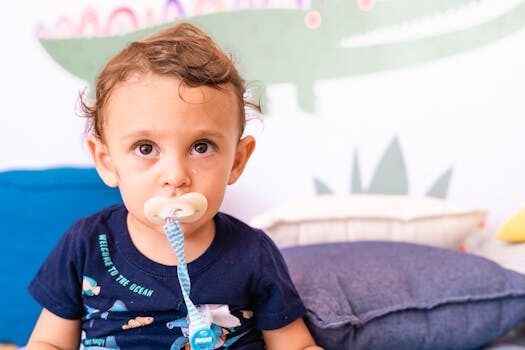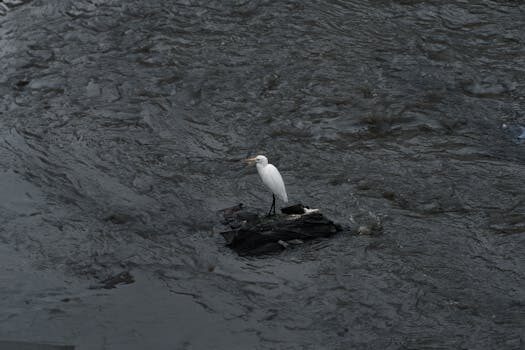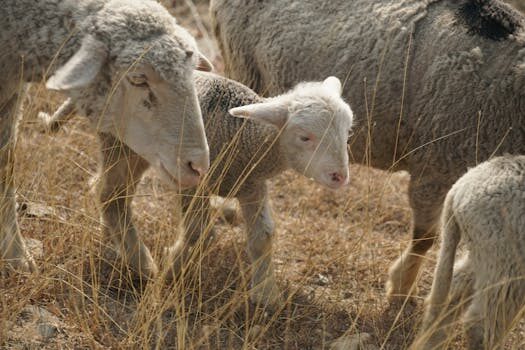Help - I found hair in my baby's formula.. gross!

Finding a strand of hair in your baby's formula can be a shocking experience. While it's certainly unsettling, it's essential to remain calm and understand the safety implications. This article will guide you through navigating such situations and offer practical advice for parents.
Many parents have encountered the unexpected when it comes to infant nutrition. From hair to other unidentifiable bits in baby formula, the concern for your child's health can be overwhelming. Here’s what you need to know if you ever find yourself dealing with this unsettling issue.
Is it safe to wash my baby's hair?
Yes, it is generally safe to wash your baby's hair. However, it's important to choose the right products and techniques. Gentle cleansers designed for infants are recommended to avoid irritation.
When washing your baby's hair, ensure you are using lukewarm water. Hot water can be harsh on a baby's sensitive scalp, while cold water can be uncomfortable. Make sure the environment is warm and your baby feels secure during the washing process.

It's also advised to avoid getting shampoo in your baby's eyes. Many products are tear-free, which can help make bath time more enjoyable for both you and your baby.
How often should I wash my baby's hair?
For most babies, washing their hair 1-2 times a week is sufficient. Too frequent washing can strip natural oils, leading to dryness and irritation of the scalp. However, if your baby has a cradle cap or other conditions, you might need to adjust this frequency.
Keep an eye on your baby's hair and scalp condition. If you notice excessive oiliness or dirt, you might want to wash their hair more often. Remember that every baby is different, and finding the right routine may take some time.
How should I wash my baby's hair?
Washing your baby's hair requires a gentle touch. First, make sure to wet the hair thoroughly with lukewarm water. Apply a small amount of baby shampoo and gently massage it into the scalp using your fingertips. Avoid using your nails to prevent scratching the sensitive skin.

Rinse the shampoo thoroughly, ensuring no residue remains. You can use a soft washcloth to help wipe away any suds from the forehead and face. Pat dry with a soft towel after the wash to keep your baby comfortable.
For added comfort, you may want to use a small cup to pour water instead of using the showerhead, which can be intimidating for some babies.
Should I condition my baby's hair?
Conditioning is not typically necessary for infants, especially if they have fine hair. However, if your baby has thicker or curlier hair, a light conditioner can help with manageability. Choose products specifically designed for babies to avoid any potential allergens.
Always conduct a patch test when trying a new product. Even if a product is labeled for babies, it’s essential to check for any adverse reactions. Monitoring your baby's skin can help you identify any potential irritants.

What causes newborn hair loss?
Newborn hair loss is quite common and is usually nothing to worry about. Telogen effluvium is a natural process that occurs when babies lose hair they had in the womb. The hair follicles go through a shedding phase, resulting in noticeable hair loss.
Other causes might include friction from sleeping on their backs or certain medical conditions. If hair loss persists or you notice bald patches, consulting a pediatrician can help determine the cause.
How to remove cradle cap?
Cradle cap, characterized by scaly patches on the scalp, can be troubling for parents. To manage this condition, gently wash your baby's scalp with a mild shampoo to help loosen the scales. You can also use a soft brush to gently exfoliate the area.
In some cases, applying natural oils like coconut oil can help soften the scales before washing. Leave the oil on for a short period, then shampoo it out. This method can be effective in managing cradle cap.

What "disgusting" advice can help parents?
While many parenting tips can seem gross or unconventional, they often serve practical purposes. For example, some parents recommend using breast milk to treat minor skin irritations, including cradle cap.
Another tip shared in parenting forums, like Reddit, is using a small amount of olive oil to help remove stuck-on formula bits from a baby's scalp. While some may find these suggestions unusual, they can be effective in addressing common issues.
Questions related to hair found in baby formula
What are the brown bits in baby formula?
The brown bits often found in baby formula can be a result of the processing of ingredients. Ingredients like oils and proteins can sometimes clump together during manufacturing. These bits are usually harmless, but if you have concerns, it’s best to contact the manufacturer.
How do you get rid of clumps in baby formula?
If you encounter clumps in baby formula, gently shaking the container can often solve the issue. If that doesn’t work, try using a whisk or a bottle mixer to break up the clumps. Avoid using boiling water as it can alter the formula's nutritional value.

Why is baby formula lumpy?
Baby formula can become lumpy due to various factors, including temperature changes during preparation or the formula being stored improperly. Always check the expiration date and ensure that the formula is mixed correctly to prevent lumps.
In summary, while discovering hair in your baby's formula is certainly gross, understanding how to handle it can make the situation less stressful. Remember to remain calm, assess the situation, and consider the practical advice provided throughout this article. Your baby's safety and health should always come first, and taking a proactive approach will help you manage any unexpected challenges in parenting.